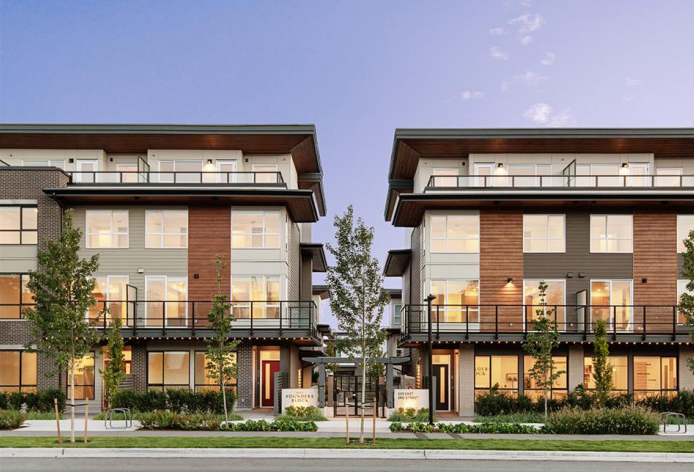Objective Design Standards
New state housing laws have limited local control over how and when new apartments and condos can be built. These new laws also require cities to streamline the approval process for certain types of housing projects. In response to state law, the City of Mission Viejo adopted new design standards in order to comply with state regulations and to help strengthen local control over design of future multifamily and mixed-use projects. New objective design standards can be found here:
Mission Viejo Objective Design Standards
What are Objective Design Standards?
According to state law, objective design standards are standards or guidelines that can be uniformly applied without involving personal or subjective judgement by public officials or decision makers. The guidelines should be published in advance and known by both developers and public officials.
Design standards are "objective" if they are measurable, verifiable, and knowable to all parties prior to project submittal. A planning review process based on objective design standards involves no personal or subjective judgment by a public official.
In contrast, subjective design guidelines often require interpretation and discretion. A planning review based on subjective guidelines can be a more time-consuming and less predictable process of discovery and evaluation.
- Example of an objective design standard: "minimum front setback: 4 feet."
- Example of a subjective design guideline: “front yard setback consistent with the character of the neighborhood.” This requires a discretionary review and determination as to what “consistent with the character of the neighborhood” means.
Objective design standards hold a promise to be a more efficient, predictable, and equitable path to obtaining and granting of planning approvals for a wide variety of development projects, especially for affordable housing projects.
Why are Objective Design Standards necessary?
New state housing laws require local government to streamline the approval process for multi-family and mixed-use projects. As a result, the City has developed objective standards and a streamlined permitting process for multifamily and mixed-use projects to comply with new state laws. Below is a summary of the new state laws.
- CA Senate Bill 330 established Gov. Code § 66300
- Commonly referred to as the Housing Crisis Act of 2019, which became effective on January 1, 2020.
- The HCA affects the city’s review and approval of eligible housing developments, including a requirement that only objective design standards can be applied to eligible housing development projects. Development standards that are subject to interpretation and subjective in nature cannot be applied to the project.
- CA Senate Bill 35, Gov. Code § 65913.4
- Adopted several provisions related to housing, including a streamlined ministerial review process for eligible multifamily housing developments under Gov. Code § 65913.4, which became effective January 1, 2018.
- The streamlined review and approval process does not allow public hearings. The process for future development projects must involve little or no personal judgment by the public official or decision maker and strictly focus on assessing a project’s compliance with objective design standards and criteria.
The purpose of Objective Design Standards is to provide regulations that require high quality multi-family residential development with a clear set of rules that are understandable by the public, city and development community in order to facilitate an efficient review process that results in buildings that are appropriate for their context and environment. In application, these Objective Design Standards are intended to accomplish three goals:
-
Preserve the character of Mission Viejo neighborhoods by balancing the form and design of existing development with new construction techniques and typologies.
-
Encourage human-scaled buildings that adhere to zoning regulations and promote high quality site and building design.
-
Emphasize a pedestrian-oriented environment where buildings and public realm design are cohesive and complementary of a diverse range of uses.
How are Objective Design Standards applied?
The Development Code contains development standards that regulate building height, setbacks, density, intensity and various other development elements that are already objective in their application. The Objective Design Standards do not replace these development standards found within the Development Code and/or master plans; however, the intent of the new standards is to supplement the Development Code for multi-unit residential projects. The new objective design standards will modify existing subjective guidelines and standards found in the zoning law, master plans, and design guidelines. The new objective design standards will provide clear and measurable criteria and specific direction for project design, such as site layout, building orientation, building design, pedestrian connections and more. When a new project is proposed, development applicants will be required to comply with both the Development Code and Objective Design Standards.
Can an Applicant Choose to Not Use Objective Design Standards?
Yes. The new standards are offered as a voluntary program for applicants seeking a streamlined review process. Applicants may propose an alternative design that deviates from objective design standards using the City’s current discretionary review and design review process.



